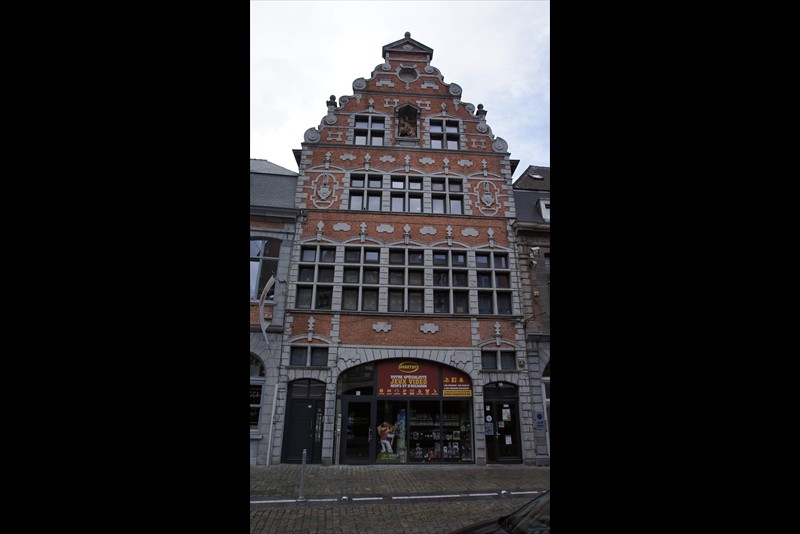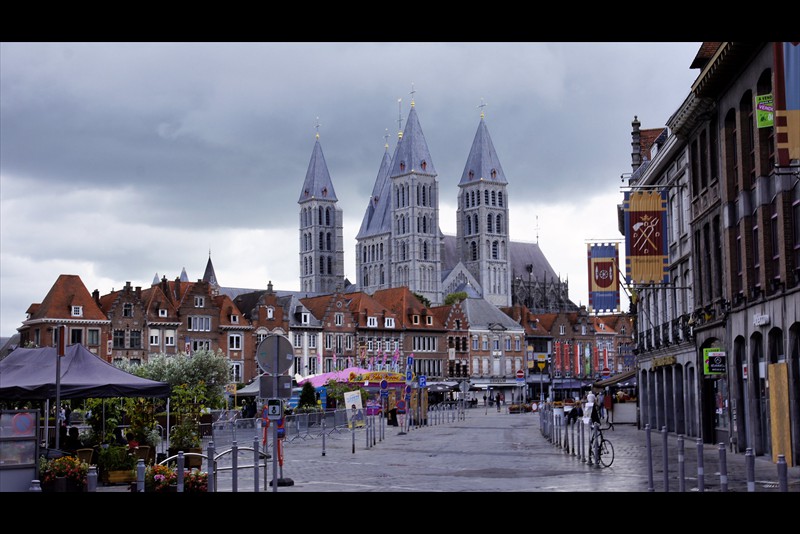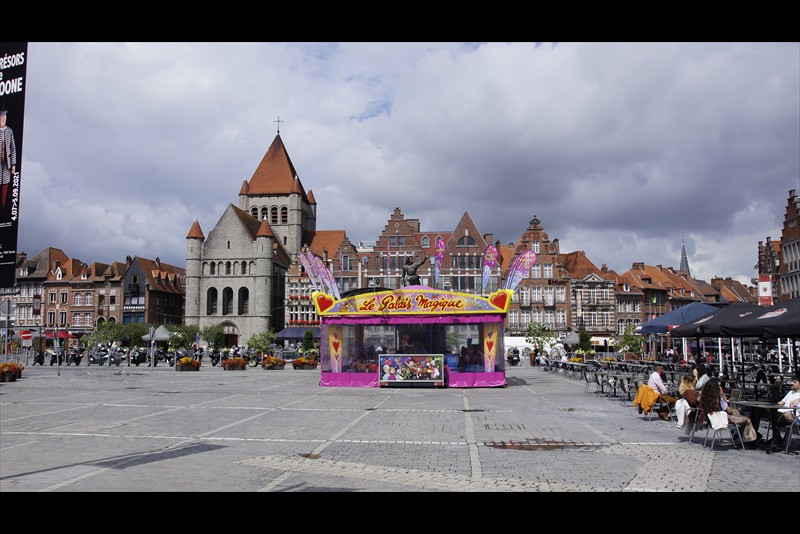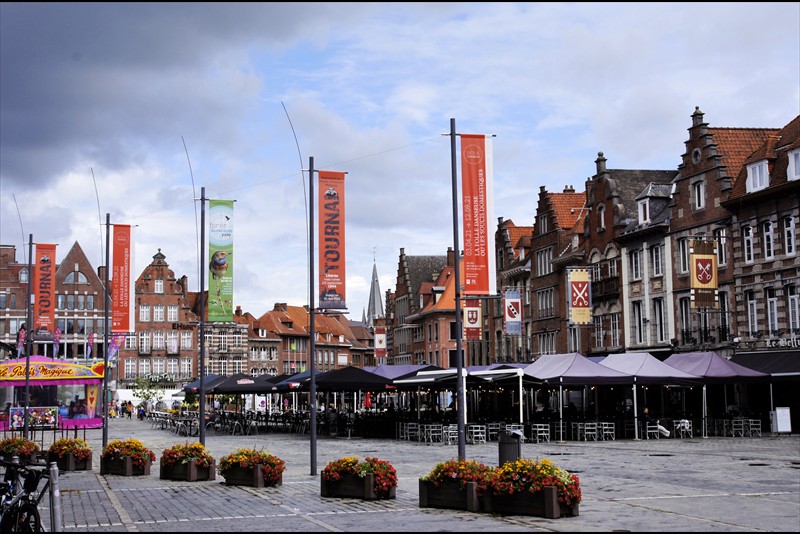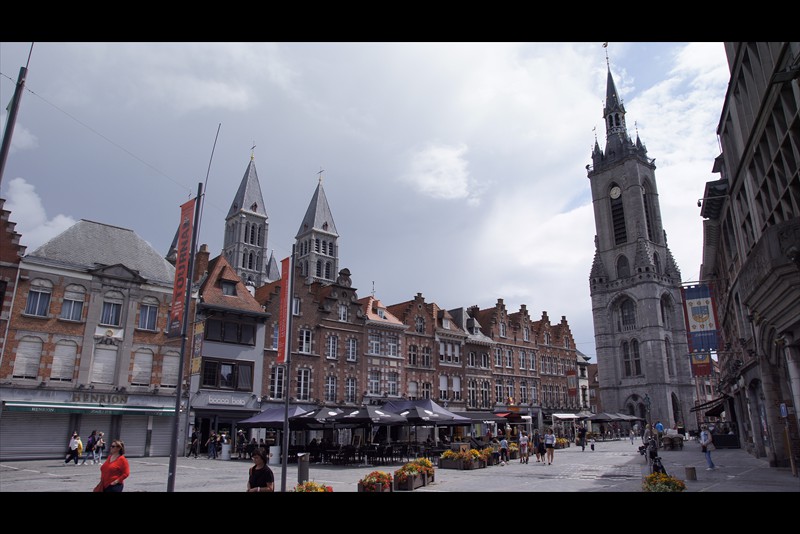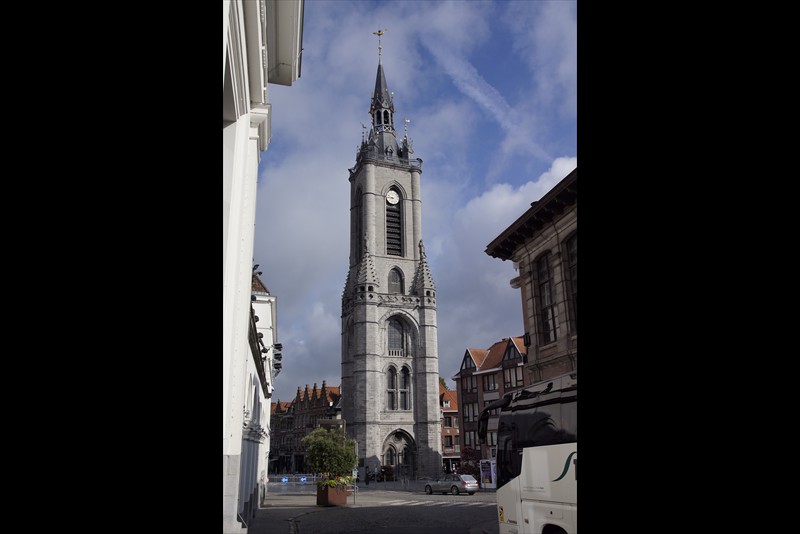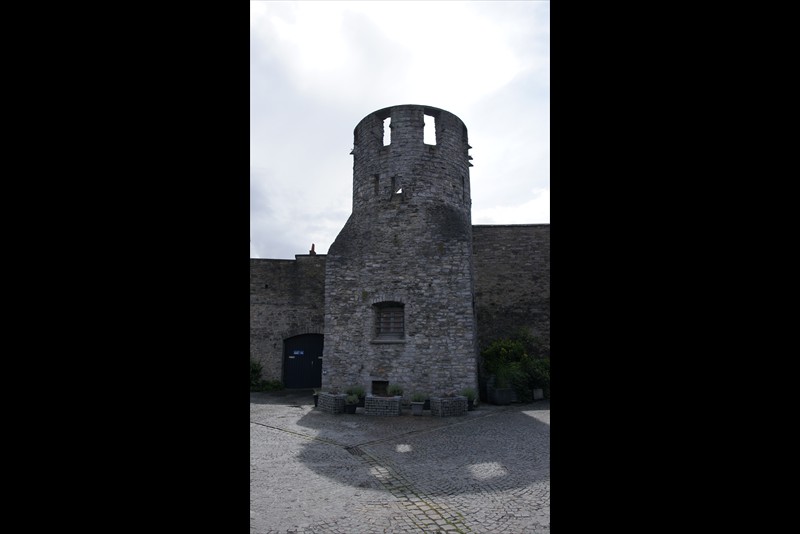In Tournai, one of the oldest cities in Belgium, the cultural heritage of its several thousand years of history is unmistakable. Belgium's oldest
belfry, which proudly watches over the city, and Notre-Dame Cathedral are medieval witnesses to history and are UNESCO World Heritage Sites. The Halle aux Draps is also worth
seeing, as are the city's many impressive Art Nouveau buildings. One of them, designed by the famous architect Victor Horta, now houses the Musée des Beaux-Arts.
The 700 works of art, all of which can be seen in halls with natural skylight, include paintings from early Netherlandish painting to 20th century artists such as Edouard Manet.
Notre Dame Cathedral
Striking features of the building are the extraordinarily large Romanesque central nave, the transepts in rounded apse form with the five towers built over them (a central crossing tower and four corner towers as bell towers) and the contrasting choir built in early Gothic architectural style. The overall impression gives the cathedral its charming and interesting appearance. It was declared a UNESCO World Heritage Site in 2000.
Construction of the church began in 1110 after a fire destroyed the previous church in the middle of the 9th century. Between then and 1191, the nave, aisles, five towers and the choir were built as impressive masterpieces of Romanesque architecture. The nave was originally flat-roofed, the ridge vault was only added later. The Romanesque choir was demolished in the 13th century, however, because Bishop Gautier de Marvis (1219-1252) was planning to build a completely new Gothic cathedral. Work on the demolished choir began in 1242 and was completed in 1255. Plans for a complete new building were subsequently abandoned and by 1325 only two side chapels in the Gothic style had been built. The rood screen is a Renaissance work by the Flemish sculptor and architect Cornelis Floris II.
Pont des Trous
Not much is left of the famous Romanesque Pont des Trous, a bridge over the Escaut as part of the medieval fortifications. The arches of the Pont des Trous were demolished in August 2019 after long political disputes to allow the passage of larger ships on the river. Only the towers on either side of the Escaut remained. A restoration of the bridge was started. This is how it looked in August 2021:
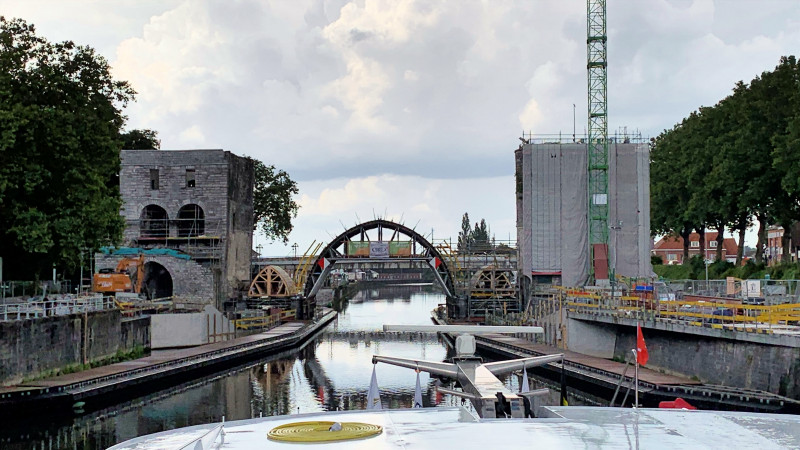
Views of Tournai
The gardens of the former Abbey of Saint-Martin were transformed into a municipal park in 1821. The current composition of the park dates back to 1859, according to a project by the municipal architect Bruno Renard. The "French-style" garden is decorated with two basins inaugurated on 21 May 1905, at the same time as the public distribution of water. In the centre is the statue of the Turinese painter Louis Gallait (1810-1887).
The Folklore Museum in a 17th century building.
the central square (Grand-Place)
The Belfry, the bell tower of Tournai, is the oldest in Belgium. It dates from the 12th century and dominates the Grand-Place with a height of 72 metres. It was the symbol of municipal freedoms. Its bell (the Bancloque ) informed citizens of court proceedings and executions and warned them of invasions, fires. The bell tower was used as a watchtower, prison, bell tower and town hall. It has been a UNESCO World Heritage Site since 1999.
Remains of the city wall
Overview page River Cruise
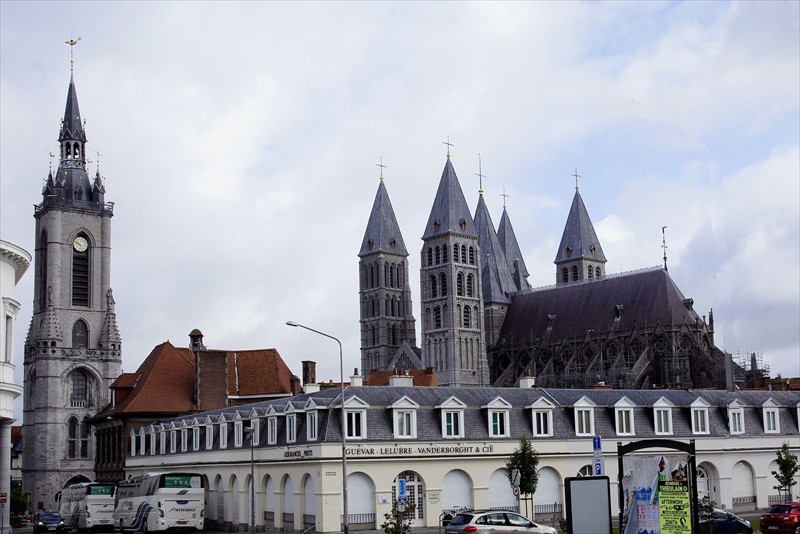
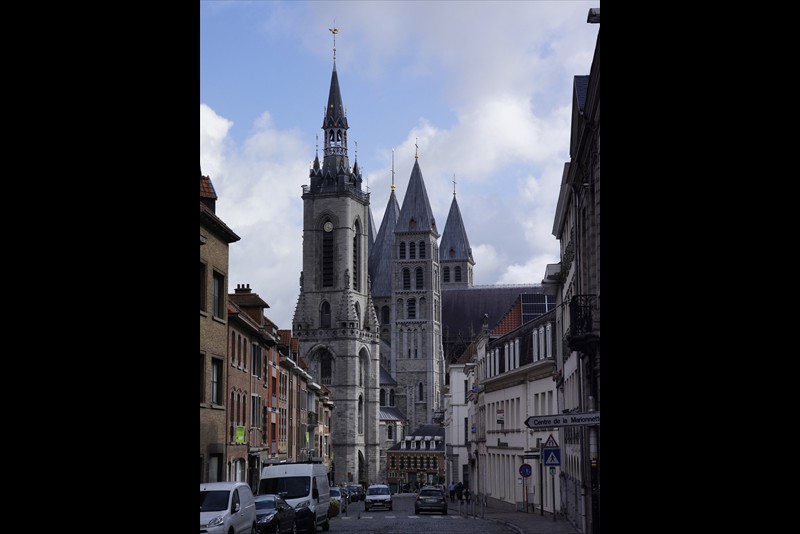
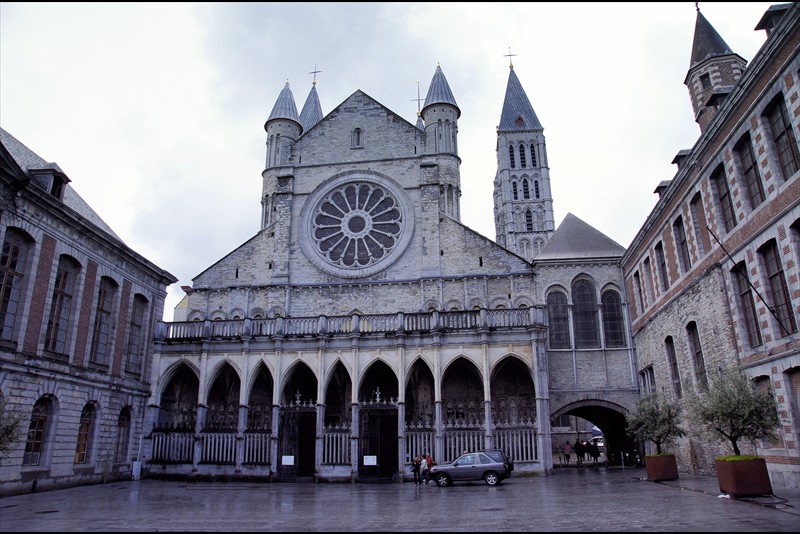
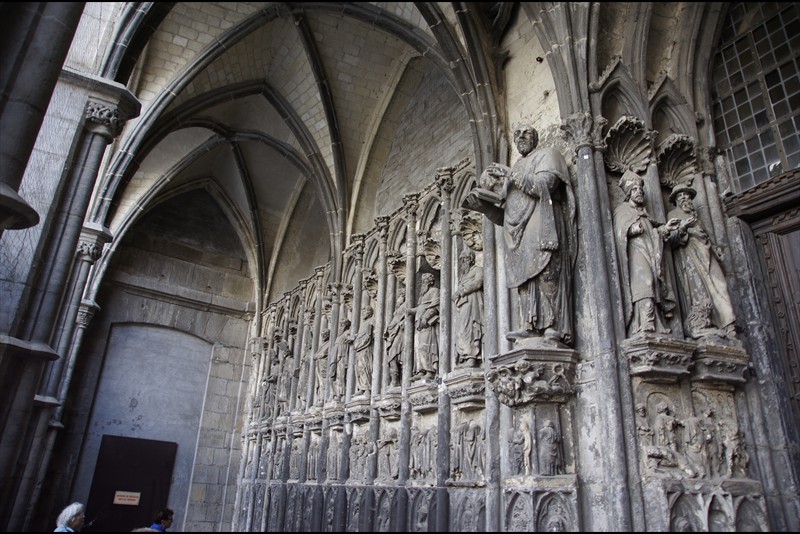
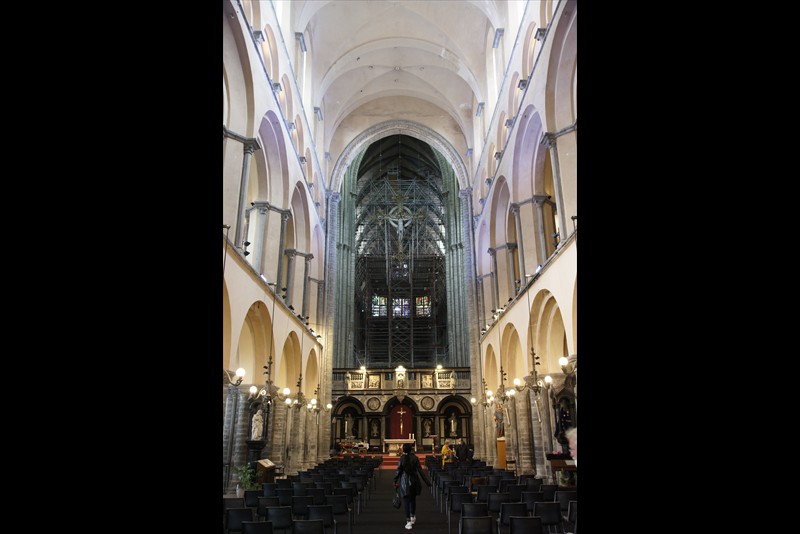

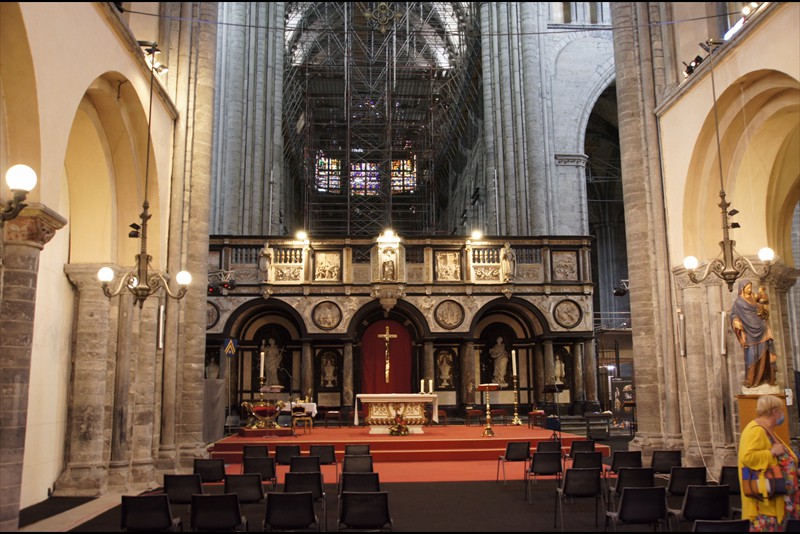
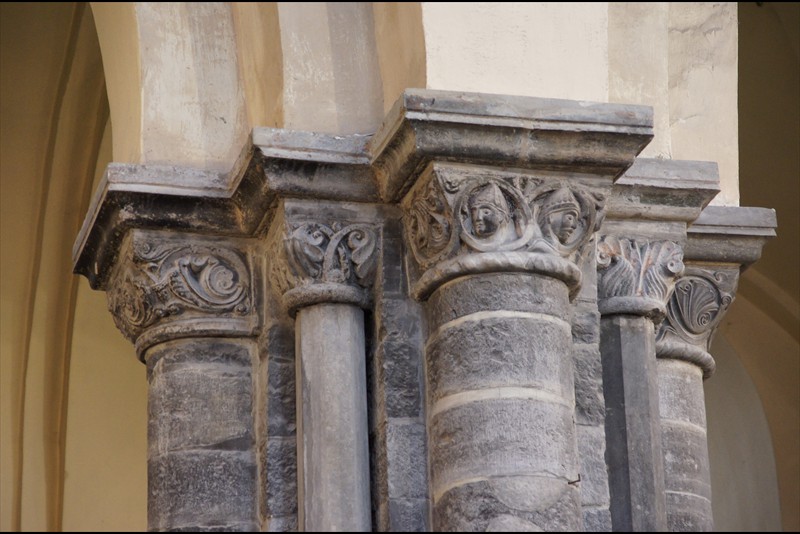
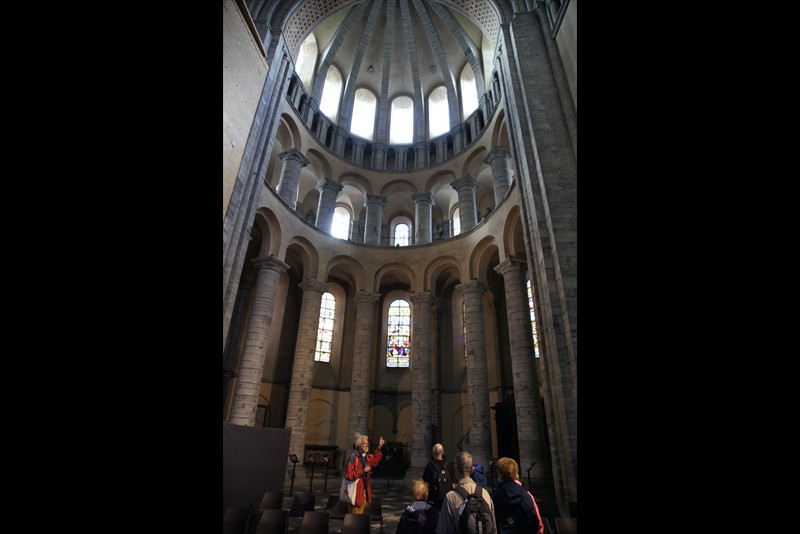
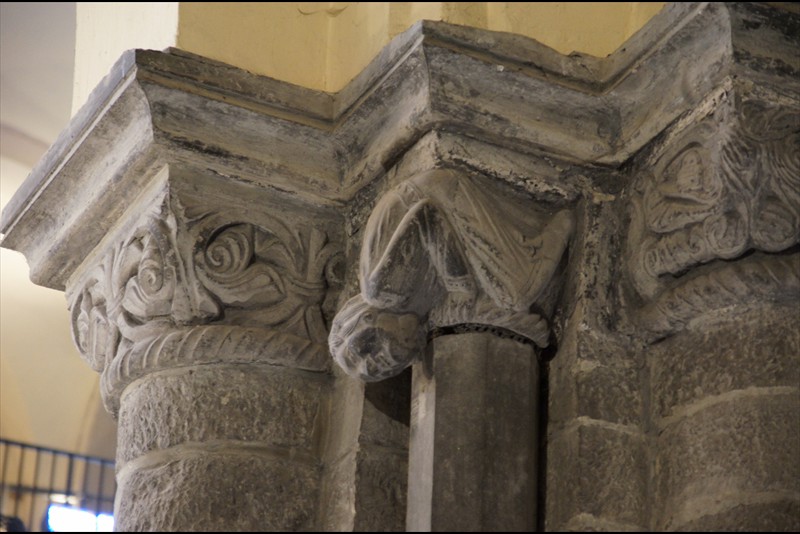

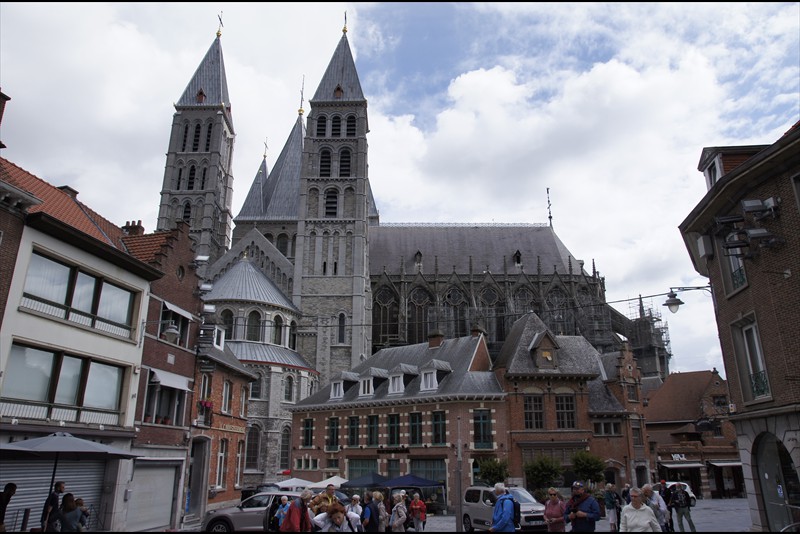
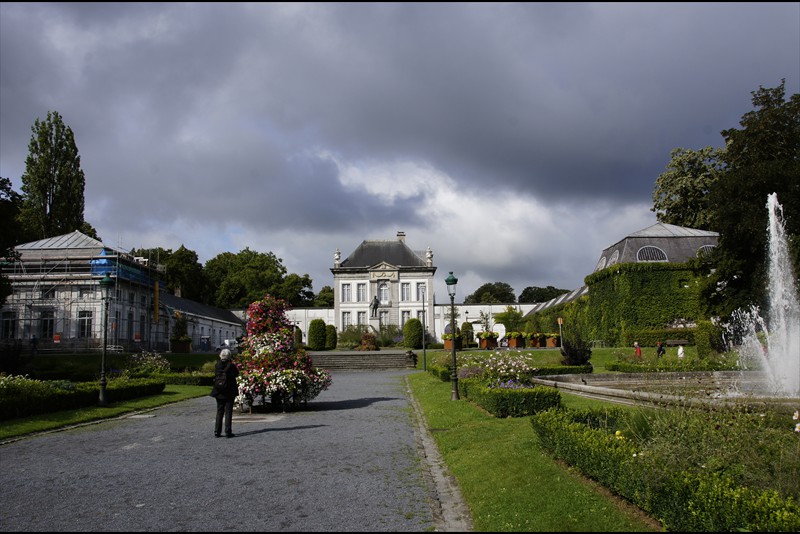
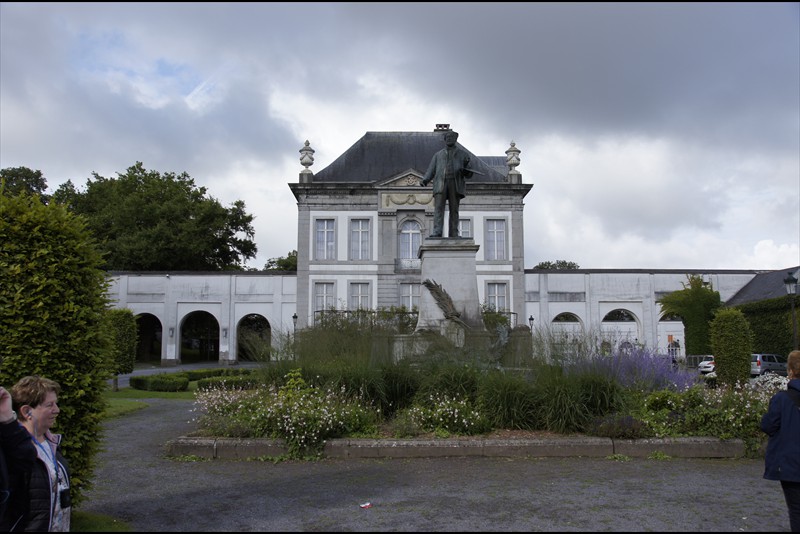


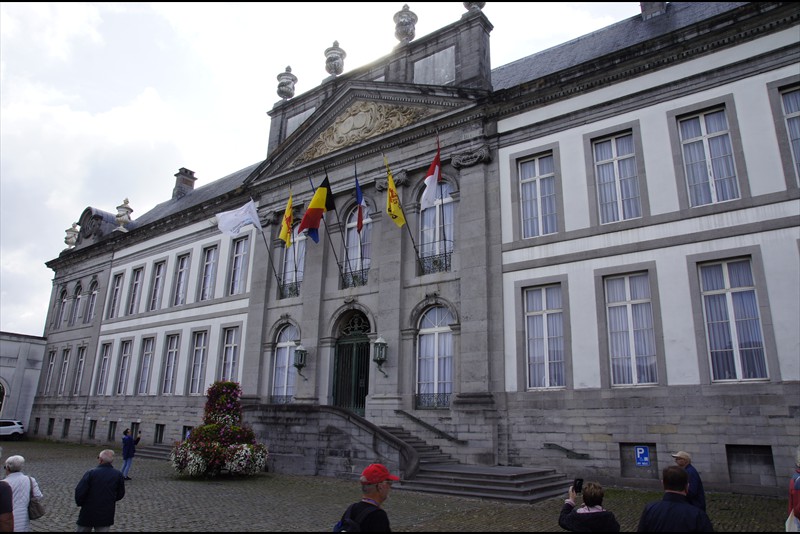
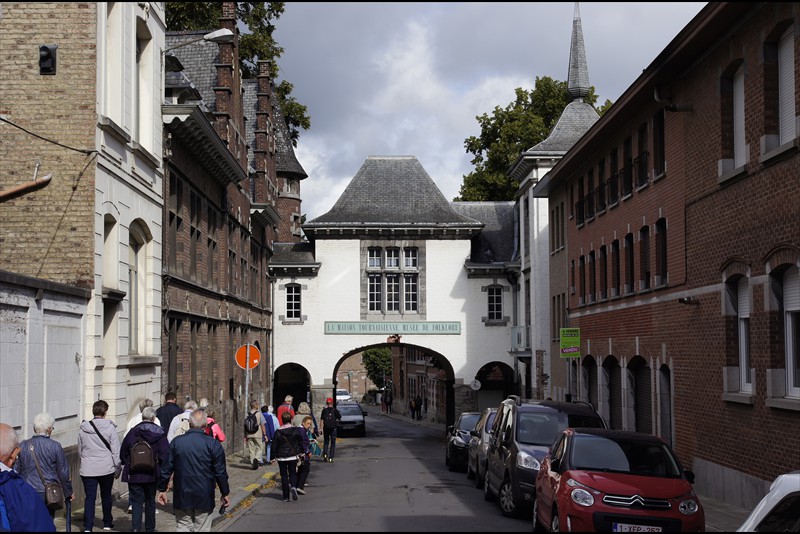

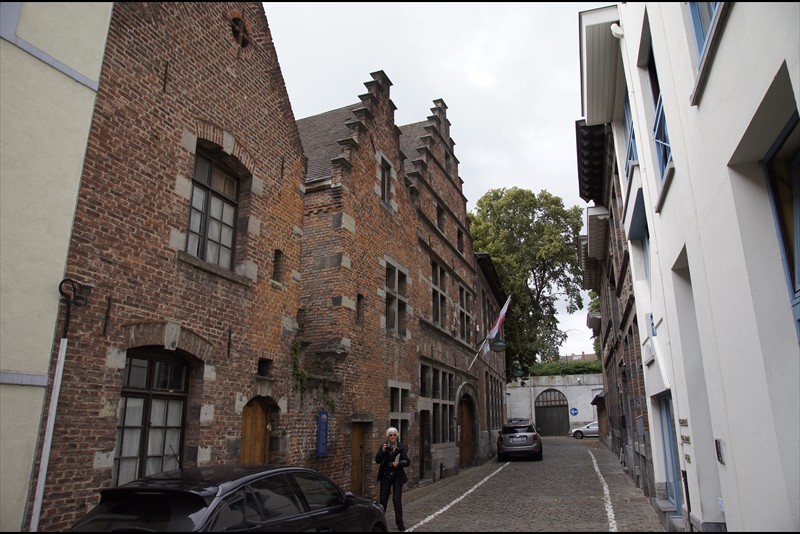
 at the Grand Place
at the Grand Place